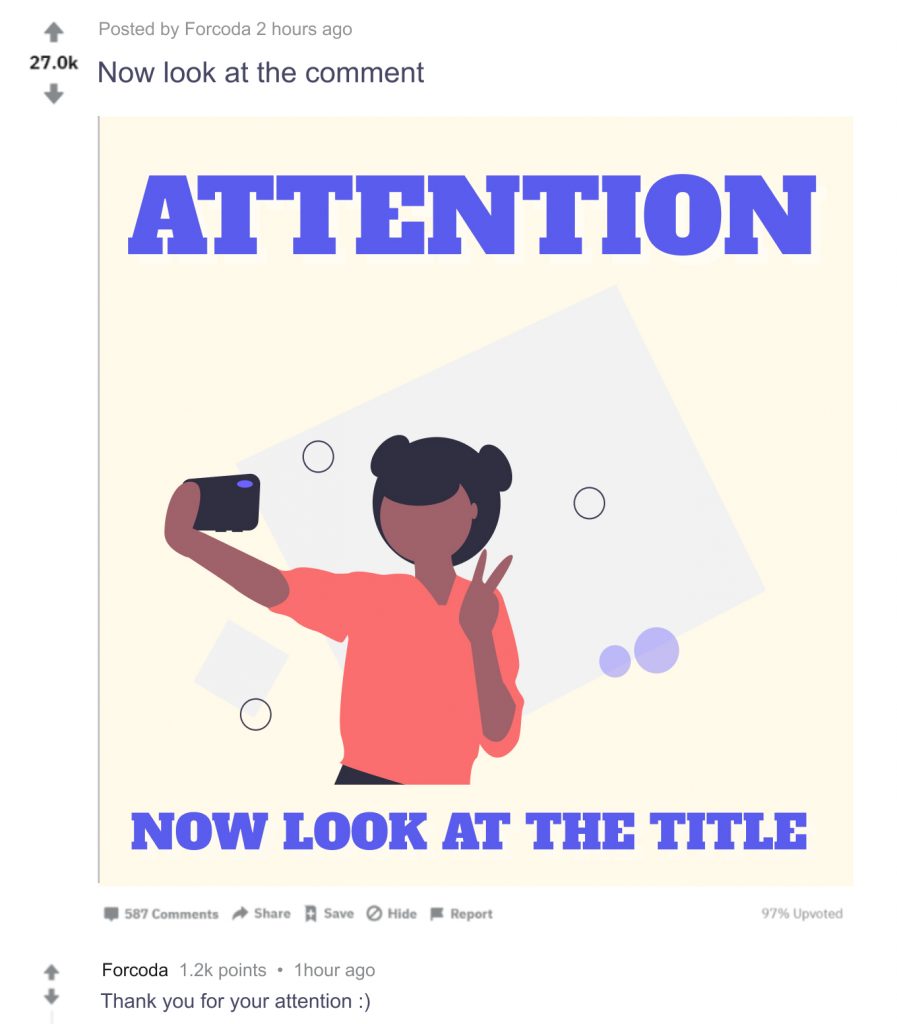5 Key Elements of Delightful User Interfaces
For businesses it’s important to think beyond apps and websites.
Design is everywhere – from the shirt that you’re wearing to the smartphone you’re holding. User Experience (UX) is an essential component, but do not forget about User Interface (UI). You probably won’t buy a comfortable, but not very good-looking car, will you?
Websites and apps are much more than just a sequence of screens linked together. The user interface is a space where different entities — in this case, a person and a company’s web presence — meet, communicate, and affect each other. That interaction creates an experience for the visitor, and it’s your job to ensure that experience is the best it can be.
Here are 5 principles to keep in mind if you want to create delightful user interfaces:
1. Think carefully about element placement and size
The human eye is drawn to the biggest, boldest, and the brightest sections on the screen. That’s why a clear hierarchy of elements showing the difference in importance is crucial. Color and size are the most common ways we can create a hierarchy — for instance, by highlighting a primary button or using larger fonts for headings. Use this principle to curate user experience.

2. The Importance of Alignment
Alignment is a fundamental aspect of UI design, yet it’s often overlooked.
Proper alignment is especially crucial on content-heavy websites like online publications and news. If delivered successfully, alignment vastly improves the customer reading experience.
You typically want to left-align your text and align objects centrally to create a more ordered and balanced layout.

3. Become an attention architect
There are two ways of how you can interpret this:
- You need to grab the user’s attention with your design.
- You need to pay attention to every little detail of your design.
To design great digital products, you need to do both. The latter lets you achieve the former.
Here are a few ways of how to use text to grab the user’s attention:
- Increase or decrease font size to create a content hierarchy
- Use bolder or brighter colors or mute element’s tone
- Use a typeface with a bold weight instead of a light one
- Italicize words. Use lowercase or Capitals to emphasize words
- Increase letter spacing to expand an overall space that words take.
4. Don’t ignore design rules
Being highly creative types, designers love reinventing things, but it’s not always the best idea.
Why? Because when you change a familiar user interface behavior, it adds “cognitive load” – it makes people rethink the process that they’ve already learned. You can reinvent the wheel all you want, but only if it improves the design and user experience.
5. Make your interfaces easy to learn
Harvard psychologist George Miller suggests that people can only reliably hold 5 to 9 things in their short term memory. That said, it’s only logical that the simpler something is, the easier it is to remember in the short term. So, whenever possible, limit the number of things a person needs to remember to use your interface efficiently and effectively. You can facilitate this by grouping information and breaking it into small, digestible chunks.
Don’t be afraid to change your mind on your initial design direction.
Experiment with different approaches so you can architect a user journey and command attention in various ways. It’s crucial to user test your designs to make sure that they resonate with your target audience.
If you want to talk about designing digital a product or service that you are working on or a design audit for your existing products or service, send us an email at hello@forcoda.com.